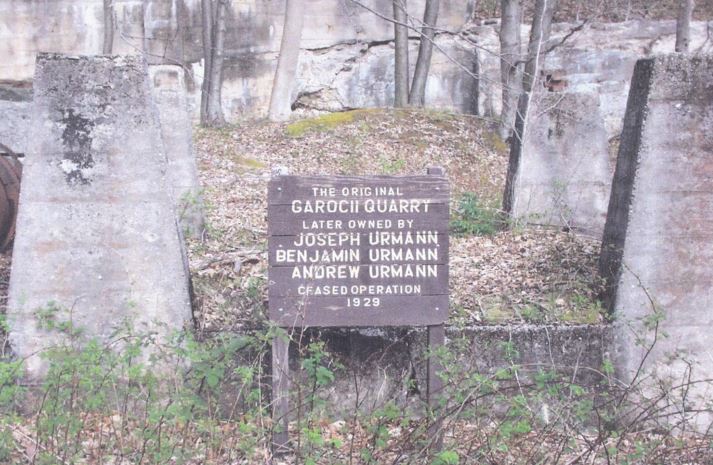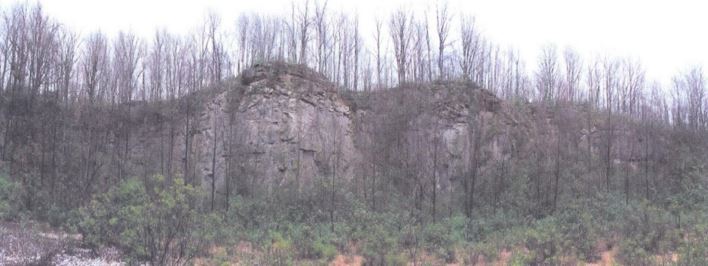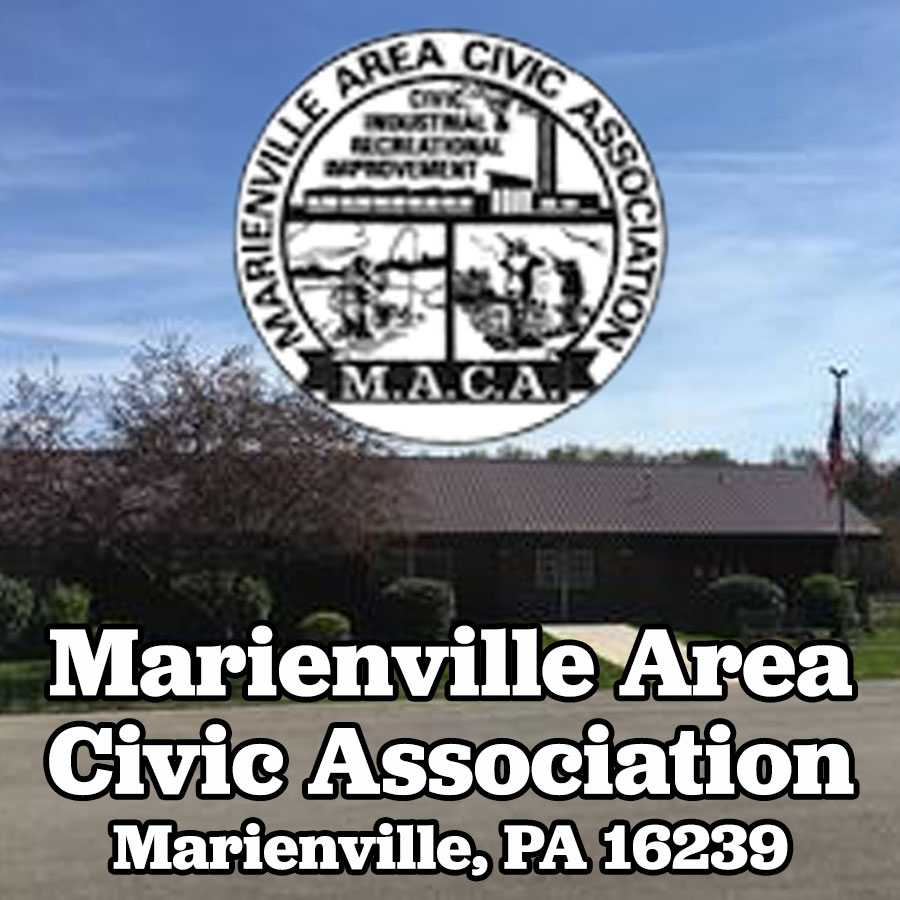Written by: Bob Imhof
This article relates three operations that were significant to the Toby Valley in the early 1900’s combining a railroad, a quarry and the construction of a tunnel to deal with a significant problem on the Buffalo, Rochester and Pittsburgh Railway.
The Buffalo, Rochester and Pittsburgh Railroad was primarily a coal hauling railroad that ran from the coal fields of north-central Pennsylvania to the ports of Rochester and Buffalo. In Western New York the line forms a “Y” shape connecting Buffalo, Rochester and Salamanca. The B, R & P was a major hauler of coal and operated the car ferries Ontario No. 1 and Ontario No. 2 to haul coal to Cobourg, Ontario, Canada.
In 1883 the Rochester and Pittsburgh railroad was completed from Ridgway to Falls Creek 30 miles. A section of this construction will be the subject of this article.
Following the bankruptcy of the R & P on October 16, 1885 it was purchased by Adrian Iselin on October 24, 1885. The company was broken into two sections the Pittsburgh & State Line Railroad Company that operated in Pennsylvania and the Buffalo, Rochester & Pittsburgh Railroad Company that operated in New York sections. On March 10, 1887 the two companies were reunited as the Buffalo, Rochester and Pittsburgh Railway Company.
The B, R and P and under ownership of the Baltimore & Ohio Railroad beginning in 1932 operated passenger service from Buffalo and Rochester to Pittsburgh and continued service until October 15, 1955 on all sections of the B, R & P /B & O.
One of the minor ironies of the B, R & P was it never actually reached Pittsburgh with the town of Walston, Young Township, Jefferson County near Punxsutawney being the farthest point South on the line.
The “Devil’s Elbow” section of the Buffalo, Rochester and Pittsburgh Railway finished in 1883 was built around a point called “Elk Lick Bluff” that over many years of operation saw a tremendous number of wrecks due to the curve next to Toby Creek being constructed at too sharp an angle to permit long, coal trains to round the “Elbow” without tipping. In order to eliminate this construction error and double-track the middle section of B, R & P Railway, it was decided that a tunnel would be built to straighten the “Devil’s Elbow”. Preliminary planning for the tunnel began in 1903 and this year relates to the development of Garovi Quarry on the Eastern side of Toby Creek.
In 1903 Anthony Garovi of Reynoldsville, who operated a large stone quarry at Harvey’s Run, PA opened a new quarry located one-mile South of Croyland, ten miles from Ridgway along the Ridgway & Clearfield Branch of the Pennsylvania Railroad. Speculation leads this author to believe that Mr. Garovi was aware of the initial plans for the construction of a tunnel to deal with the “Devil’s Elbow” issue on the B, R & P and felt that a stone and sand quarry adjacent to the site would be an advantage to his business.
The plant for the quarry was situated along the Ridgway & Clearfield Railroad grade while the quarry was located on the hill on the East side of the valley at an elevation of 470 feet above the level of the track. In the early years of the operation the sandstone was blasted down, loaded into cars and hauled a short distance by mules to the head of a gravity incline which leads to the plant at the railroad. A jaw crusher and dry grinding pan are employed for crushing the sandstone into sand, which is then screened but not washed. The plant had a daily capacity of 100 tons of sand, very little of this sand however, is sold for glass making. The conglomerate encountered in the quarry was crushed and sold for concrete work.
The Empire Tunnel built beginning in November of 1907 to eliminate the “Devil’s Elbow” curve around Elk Lick Bluff and double track the railroad from Ridgway to Brockwayville was constructed by the Eyre Shoemaker Construction Company of Philadelphia, PA. Located at Latitude 41.3397836 and Longitude 78.8305863 at elevation 1,611 ft. on the present day Buffalo & Susquehanna Railroad the tunnel is listed as 1,000 feet in length and the overall project cost of the tunnel and addition of a second track was $790,000. The cut stone for the tunnel was provided by the Anthony Garovi’s quarry on the eastern side of Toby Creek and was sent across Toby Creek to the construction site on cabling that can still be found on the hillside. The switchback hike (.6 mile) from the railroad to the quarry is an excellent hike and was the path used by the workers to access the quarry until it’s closing in 1929 when it was owned by Joseph, Benjamin and Andrew Urmann of Ridgway.




















